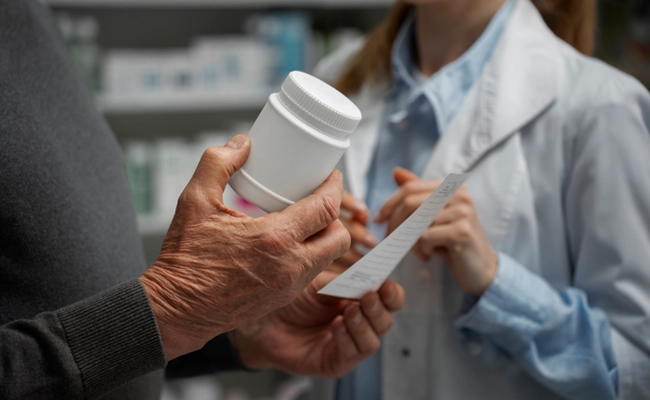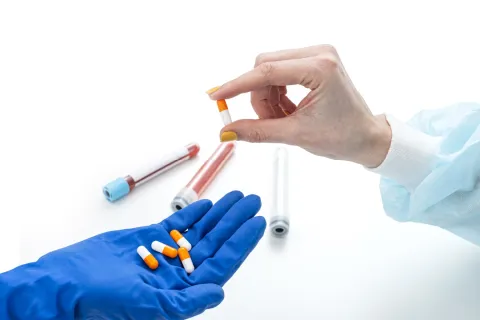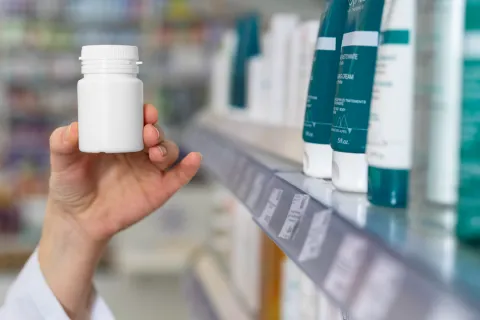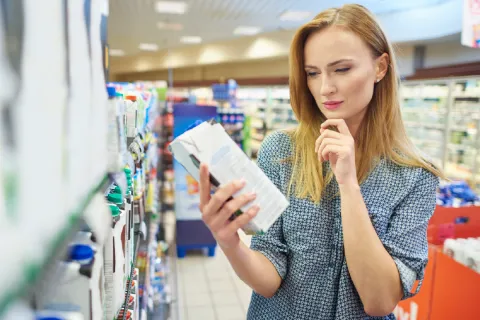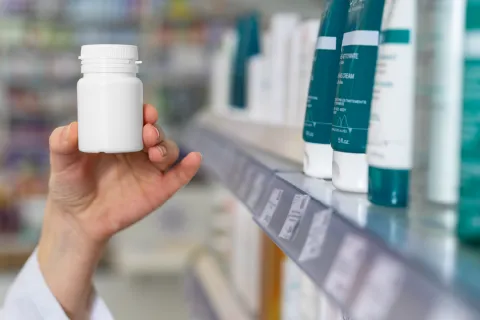FDA Structured Product Labeling - Overview
To help clients meet US labeling requirements, Freyr's specialized regional labeling service involves converting current labeling content into the required Structured Labeling (SPL) format, while adhering to Physician Labeling Rule (PLR) Compliance and Drug Registration and Listing. This process involves a comprehensive review and careful reformatting of the information to fit the structured requirements outlined by the FDA. By converting the content into the SPL format, Freyr ensures that the drug labeling complies with the FDA's strict regulations, which helps expedite the approval and listing process.
FDA Structured Product Labeling
New Chemical Entity (NCE) -
US Prescribing Information (USPI) and US Patient Prescribing Information (USPPI), Medical Guides (MG).
Physician Labeling Rule (PLR) Conversions -
PLR is intended to provide healthcare professionals with clear and concise prescribing information to better manage the risks of medication use and reduce medical errors. It also makes prescription information more accessible with electronic prescribing tools and other electronic information resources.
Pregnancy Lactation Labeling Rule (PLLR) Conversions
Changes to the FDA drug labeling requirements for pregnant and lactating women have made prescribing more complex, but the information is complete and current.
The new PLLR has been designed to help prescribers assess the benefits and risks of medication for pregnant and lactating women. In contrast to the old system, the prescribers have used letter categories — A, B, C, D, and X — to evaluate the safety precautions.
The PLR is intended to make information on prescription drugs easier to read. For example, labels now include a "highlights" section containing bulleted information, a table of contents, warnings in bold font, and other useful information.
Structured Product Labeling (SPL)
The FDA mandates the filing of product labeling information in the SPL format. Many pharmaceutical developers, therefore, have determined the need for a reliable service provider that will enable their companies to meet the Regulatory compliance guidelines without straining their current business practices.
Depending on the context, Freyr recreates or efficiently utilizes your current labeling content and transforms this readily available content into the required SPL R4 or Physician’s Labeling Rule-compliant format.
- Reference Listed Drug (RLD) label change monitoring
- Annotated PI and carton labels
- Side-by-side label comparison - US Prescribing Information (USPI), USPPI, and MG
- Clean PI and carton labels
- Label change monitoring
- SPL Conversion
- While assisting applicants and manufacturers in adhering to diverse US FDA labeling requirements, Freyr also provides other Regulatory services related to label submissions including:
- Drafting/Creating US Package Insert (USPI)
- Drafting/Creating US Medication Guide (USMG)
- Biosimilar product labeling/tracking
- Abbreviated New Drug Application (ANDA) labeling
- Monograph labeling – OTC
- HA query-management
- FDA labeling guidance
- Annotated labeling for innovative and generic drug applications.
- FDA clinical trial labeling requirements
- FDA pharmaceutical labeling requirements
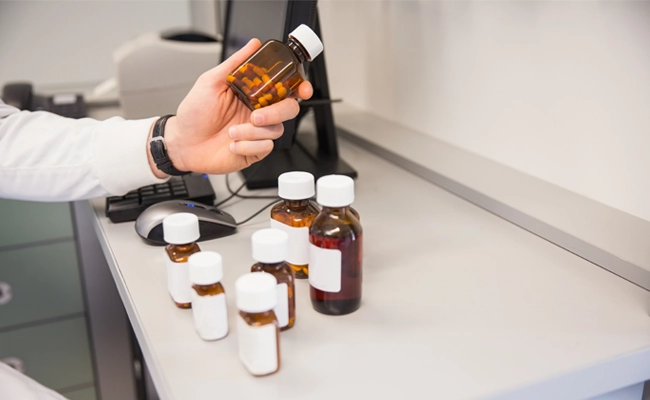
- Provides expert SPL conversion services for FDA compliance
- Undertakes comprehensive PLR conversions for clear prescribing information
- Offers simplified PLLR conversions for pregnancy & lactation labeling
- Provides accurate RLD label change monitoring
- Delivers efficient USPI and USMG drafting services
- Assists pharma companies with reliable biosimilar product labeling and tracking
- Offers tailored labeling solutions for FDA compliance
- Understanding of US FDA labeling requirements
